Apsiou
A stop at the beautiful monastery of Panagia Amiros is a must!
The village of Apsiou is a village in the Limassol province, at whose feet the river Garylis flows. The village is built at an altitude of 410 meters above sea level.
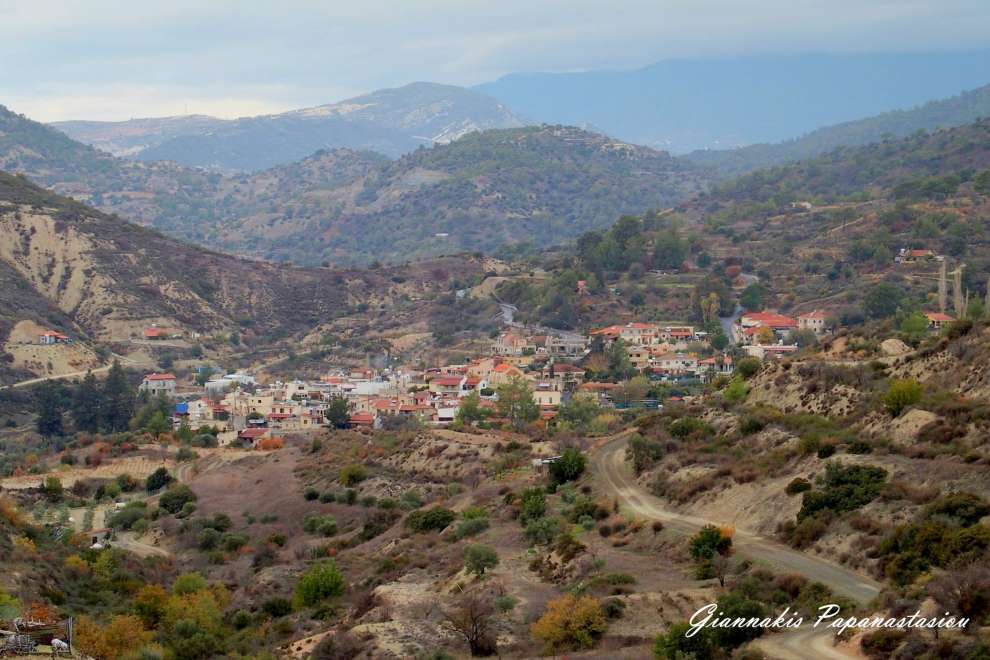 Photo: Giannakis Papanastasiou
Photo: Giannakis Papanastasiou
Apsiou is connected by road with the main road of Limassol - Kalo Chorio to the west, with Louvaras to the north, to the south with Fasoula, to the southeast with Mathkoloni. To the east the road continues until the monastery of Amiros.
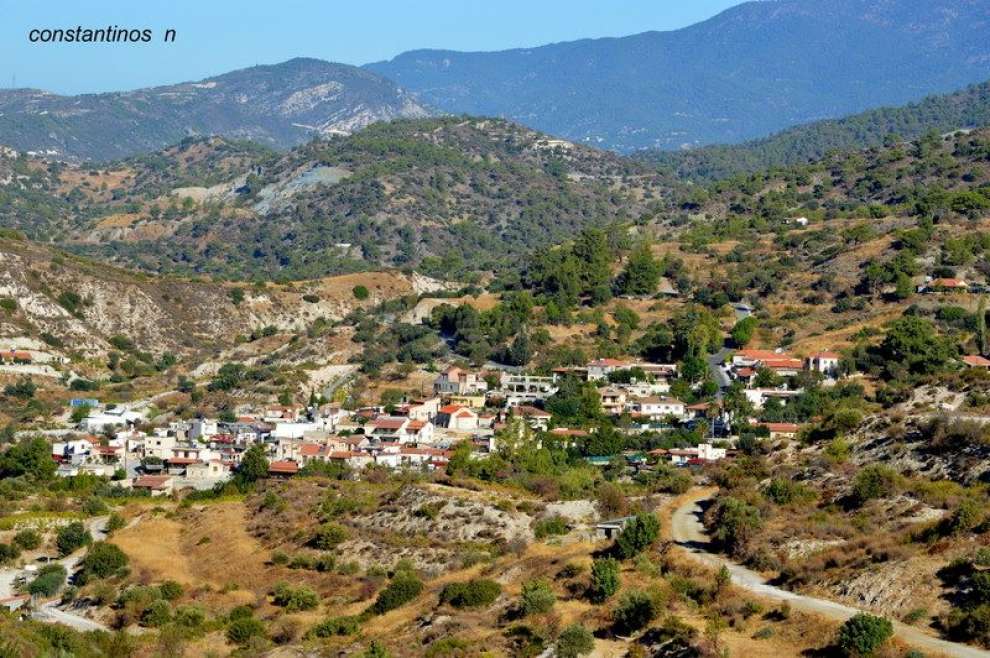 Photo: Constantinos N
Photo: Constantinos N
Historical Reports:
Apsiou was one of the villages of the Great Commandaria, referred to by the French tourist Mas Latri as Apsiu and Apsius. Gannis mentions the church of Panagia, built in 1740, as well as the well-known monastery of Panagia Amiros.
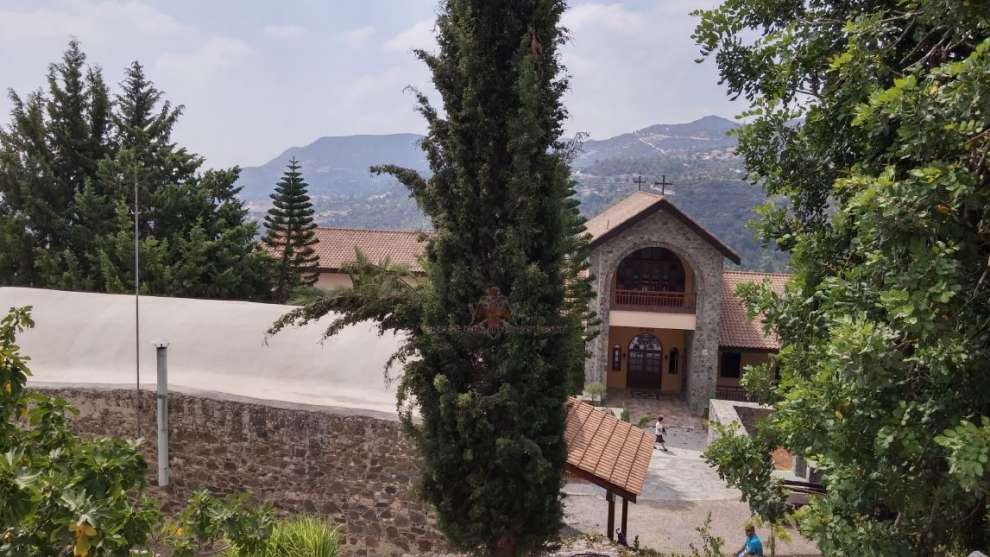 Photo: Γραφείο Ενημερώσεως και Επικοινωνίας της Εκκλησίας της Κύπρου
Photo: Γραφείο Ενημερώσεως και Επικοινωνίας της Εκκλησίας της Κύπρου
The name of the village:
For the name of the village there are several versions. According to the version of Nearchos Clerides, the village was named after the first metallurgists who worked on it. These metallurgists came from Naxos, Axiotis, Aposiotis, Apsiou and somehow it is assumed that thats how the village was named. A second version reports that several inhabitants of Apesia moved to the area and came from the name of Apesia, Apasei, Apsiou.
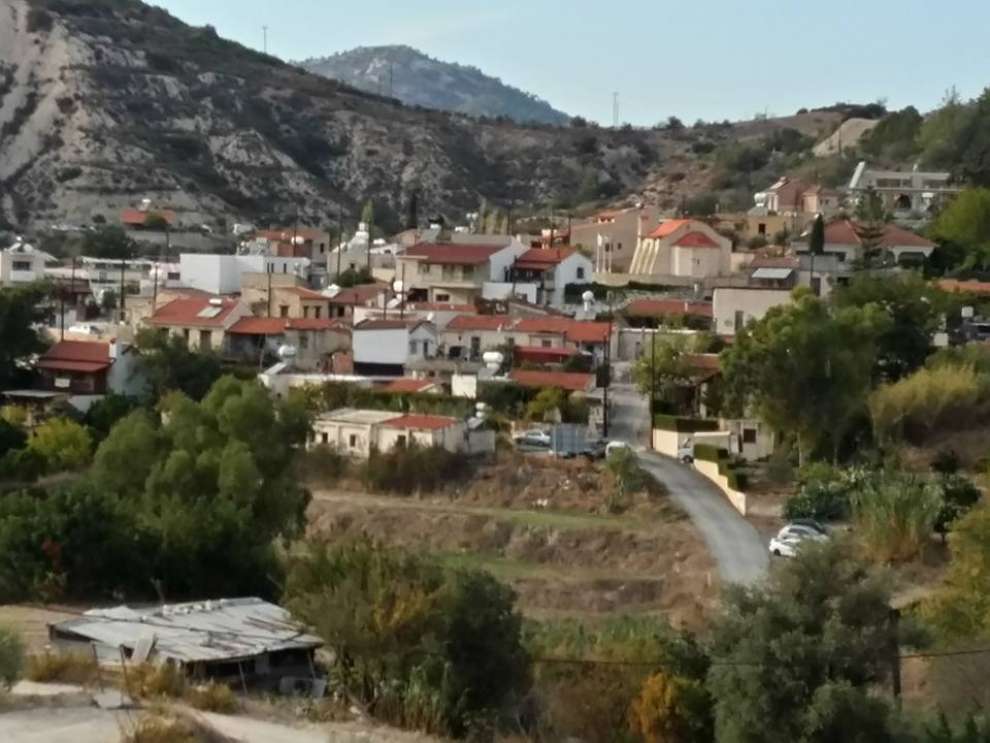 Photo: Andri Andreou
Photo: Andri Andreou
Sights:
Where the new building of the school today dominates, in the two neighborhoods of the village, the Pano Apsiou and the Kato Apsiou, on the top of the hill, which was formerly taller and imposing, the old school was built.
From the southern part of the school you can see the "winemaking". Several years ago, grapes were processed on the spot to produce commandaria. For fifteen days the stadium, the threshing floor and the surrounding fields were transformed into a large "outfit" where the grapes were spreading to wilt.
In addition, many mines and many quarries were operating in the area. The geographic position of the village makes it a "source" of minerals and rocks. In the village were mines of iron pyrite, chalcopyrite, as well as quarry and brick production quarry. Today (2018) none of them works.
Like two olive mills belonging to the church, of which there is a millstone in the courtyard of St. Epiphanius and a part of the press in the Virgin Mary's olive mill.
Finally, it is worth mentioning that there is a large variety of rocks in the village which are of great geological interest from various scientists, Eonovia Dendras and a monument dedicated to Dimitris Petros Apesiotis who fell on 28 July 1974 and Kyriakos Kyriakides who lost his life in the Balkan War of 1912-13.
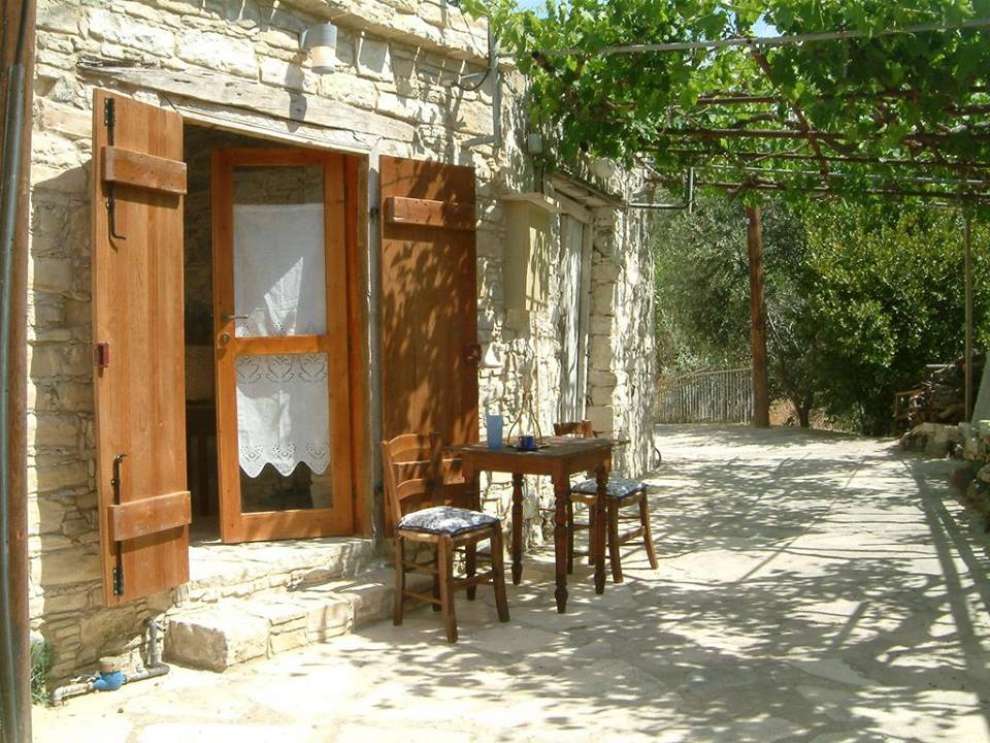 Photo: Αρωμα Ελλαδας και Κυπρου
Photo: Αρωμα Ελλαδας και Κυπρου
Churches:
To the east of the village is the Monastery of Panagia Faneromenis Amiros, built at the foot of Kakomali and founded according to tradition in the 12th century.
Additionally in Apsiou is the Church of Saint Epiphanios, the chapel of the Virgin Mary of Chrysogalassa or Galaktasas building between 1700 - 1711, the Holy Mount of Panagia Chrysogalousa, the hermitage of Agia Marina and the ruins of Agios Mamas.
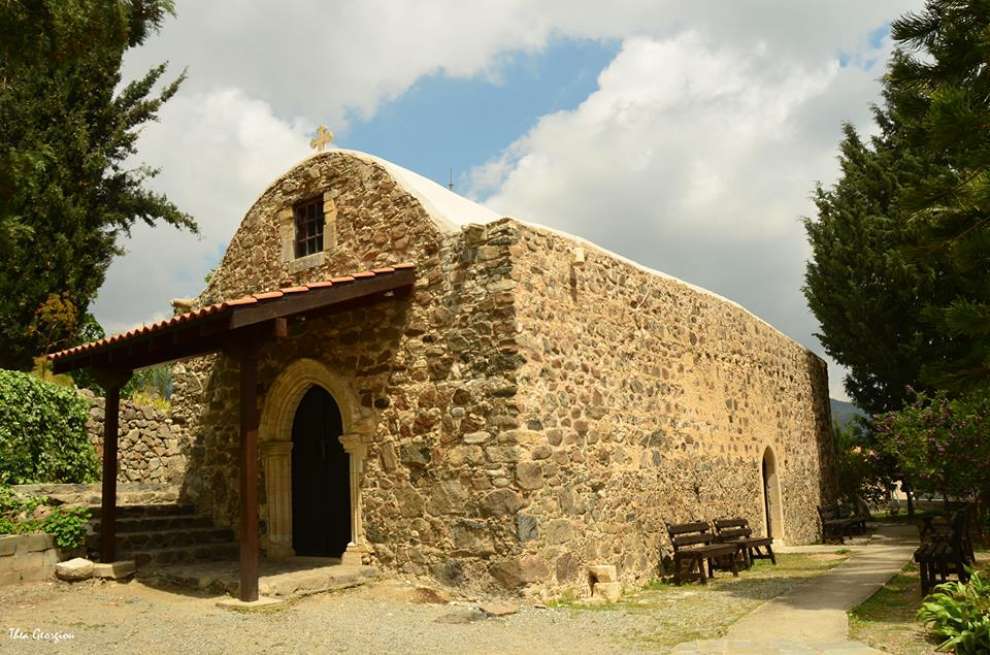 Photo: Thea Georgiou
Photo: Thea Georgiou
Population:
The population of the Apsiou community has experienced many fluctuations in its long history. In 1881 its inhabitants were 183, to increase to 262 in 1921, to fall to 244. In the 2001 census, the inhabitants of Apsiou were 230.
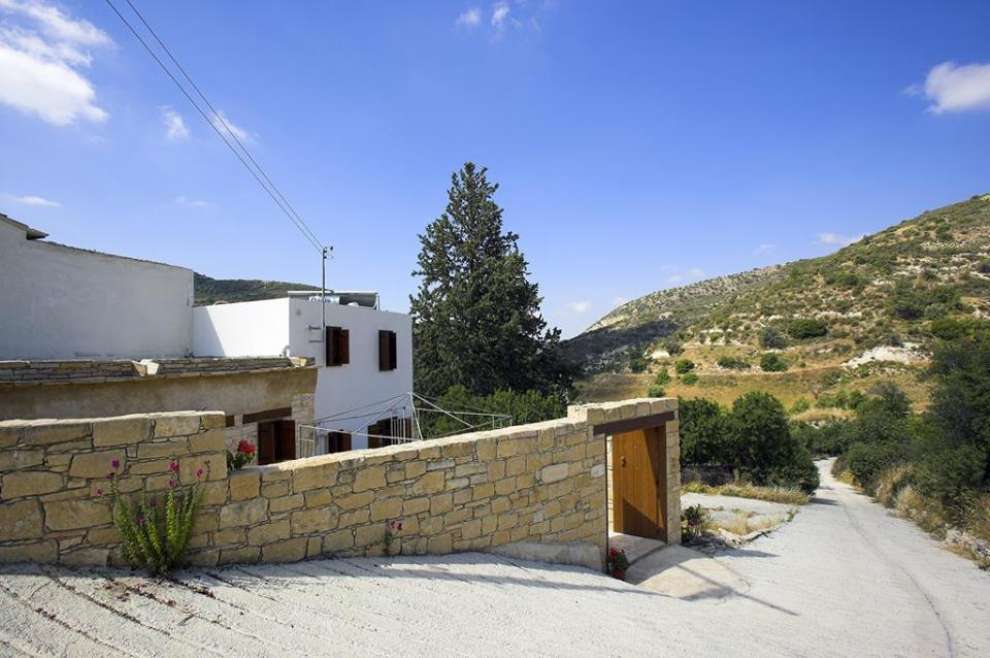 Photo: Αρωμα Ελλαδας και Κυπρου
Photo: Αρωμα Ελλαδας και Κυπρου
For the map of the area, click HERE

 English
English
 Ελληνικά
Ελληνικά Русский
Русский
















